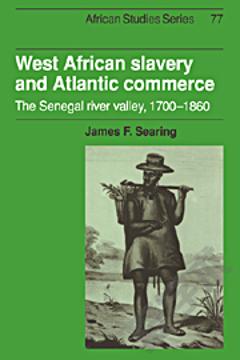Commercial Transitions and Abolition in West Africa 1630–1860
Commercial transitions and abolition in west africa 1630-1860 offers a fresh perspective on why, in the nineteenth century, the most important west african states and merchants who traded with atlantic markets became exporters of commodities, instead of exporters of slaves. This study takes a long-term comparative approach and makes of use of new quantitative data. It argues that the timing and nature of the change from slave exports to so-called 'legitimate commerce' in the gold coast, the bight of biafra and the bight of benin, can be predicted by patterns of trade established in previous centuries by a range of african and european actors responding to the changing political and economic environments of the atlantic world.
{{comment.content}}








 京公网安备 11010802027623号
京公网安备 11010802027623号